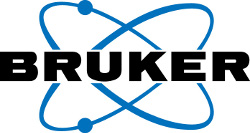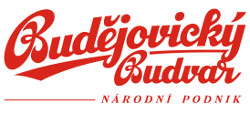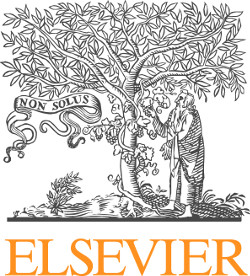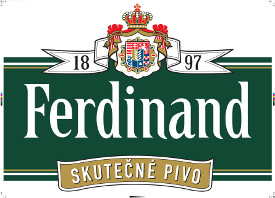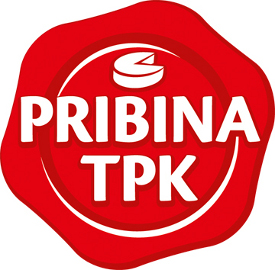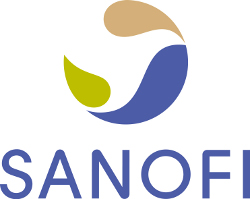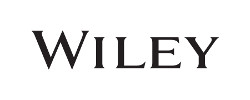Venue
Conference venue - how to get there
The conference will take place in the National Technical Library, located centrally in the university campus in Prague 6. National Technical Library (NTL) is situated between the Czech Technical University and Institute of Chemical Technology in Prague 6 in a walking distance from terminal station of metro line A (station Dejvická). It is easily accessible by the public transport; it takes about 10 minutes by metro from the city centre (line A). Information about the Prague transport tickets and passes can be found at http://www.dpp.cz/en/fares-in-prague/, the timetable is available at http://www.dpp.cz/en/transport-around-prague/transit-schematics/.
Transportation from the Prague Airport
Flights to Prague arrive at Václav Havel Airport, which is located 20 km northwest of Prague. The airport has two terminals (Terminals 1 and 2), so be sure to note the terminal that concerns your flight. There are several options how to reach your destination when arriving to Václav Havel Airport Prague. Taking the bus is the cheapest way how to get from the airport. The airport Prague is serviced by two buses: No. 119 and No. 100, bus 119 is the better choice if your destination is in the centre of Prague as it connects with the metro line A. Bus 119 leaves from the second platform outside the Arrivals terminal and runs between the Václav Havel Airport and Dejvická metro station (line A), the ride takes about 20 minutes. Tickets can be purchased at the Public transport information desk in the airport, from the machine at the bus stop (which takes Czech coins), or from the driver. Keep in mind that the bus doesn´t much space for luggage, so if you have a lot of it, you may consider to take a taxi.
Prague Public Transportation
The Prague Metro network consists of 3 lines represented by colours: green line A, yellow line B and red line C. Metro operates daily from 5 a.m. to midnight. The time interval between train departures is approximately 2 - 3 minutes during the peak hours and 4 - 9 minutes during off-peak hours. There are 57 metro stations with 3 important transfer stations: Muzeum (red to green), Mustek (yellow to green) and Florenc (yellow to red). To get from one station to another takes about two minutes. Plan of Prague metro is available at http://czech-transport.com/index.php?id=38.
The Prague metro is an open ticket system (no turnstiles). Passengers are obliged to buy and validate a ticket before entering the metro platform. There are uniformed ticket inspectors who have the right to check the validity of the ticket at any time inside the metro area. Information about the Prague transport tickets and passes can be found at http://www.dpp.cz/en/fares-in-prague/.
You can also buy tickets by SMS; SMS ticket costs 24, 32, 110 or 310 CZK plus you are charged for the outgoing SMS according to the tariff of your mobile phone operator. To buy a ticket, send DPT plus selected tariff (e.g. DPT32) as an SMS to the number 902 06 and within 2 minutes you will get an electronic ticket to your mobile phone in the form of SMS. If you incidentally delete the ticket, you can ask for a duplicate. Send DPTA as a text of SMS to the number 902 06. The duplicate is charged 6 CZK.
Currency and Exchange Rates
The official currency of the Czech Republic is the Czech Crown (Česká koruna, CZK). Exchange of foreign currency is available at Prague International Airport and principal railway stations (ATM machines and exchange offices) and at most hotels, banks and exchange offices throughout the city. International credit cards are accepted as payment in hotels, restaurants and shops. Payment in cash in EUR is also possible at most restaurants and shops, please ask for details on-site. You can find the official exchange rates on the website of the Czech National Bank at http://www.cnb.cz/en/index.html.
Electricity
The Czech Republic uses a 230 volt 50 Hz system, sockets are European standard and plugs are three-prong grounded.
About Prague
The famous city of Prague
lies in the heart of Europe and, due to its abundance of cultural
attractions and rich historic architecture, is one of the most popular
European tourist destination. From the conference venue the popular
historical sight, the Prague Castle with famous St Vitus Cathedral that
is a prominent part of city’s panorama can be easily reached. Many
museums and exhibitions are situated in castle buildings, churches or
chapels whose history dates back to 10th century.
Prague Lesser Town,
a historical district with many baroque buildings such as the
Wallenstein Palace, which currently hosts the Czech Senate or the St.
Nicholas Church lies bellow the Castle. The Prague Old Town and Jewish
Quarter with the Europe’s oldest surviving Jewish cemetery can be
reached by the famous Charles Bridge flanked by Gothic Bridge Towers.
The cobblestone paved Old Town Square is another turistic
attraction enclosed by many historical buildings such as the Old Town
City Hall with Astronomical Clock or the Gothic Church of Our Lady
before Týn.
About the Czech Republic
The Czech Republic lies in the middle of Central Europe and has a rich and full history. Although the country is relatively small (78 866 km2) there are twelve sites that have been entered in the UNESCO list of World Heritage sites and six UNESCO biosphere reservations (http://www.czechtourism.com/ ).
The historical city of Prague is the primary tourist attraction, but
other places such as Český Krumlov, a UNESCO World Heritage Site, with
famous castle complex and 300 protected medieval buildings or Kutná Hora
with magnificent cathedral of St. Barbara are also popular among
visitors from all over the world. For those who want to combine
sightseeing with relaxation, there are many spa towns, such as Karlovy
Vary, Mariánské Lázně or Františkovy Lázně.
The famous Pilsner Beer takes name from the city of Plzeň, where you can visit the Pilsner Urquell Brewery and Brewery Museum.

